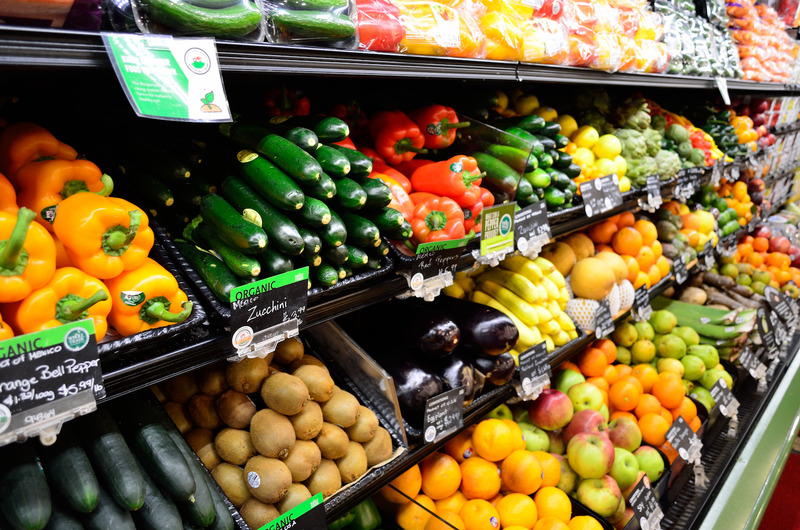The Local newsletter is your free, daily guide to life in Colorado. For locals, by locals.
In November 2016, food waste in Denver was the cover story for 5280 magazine, highlighting an article I wrote that covered the topic from various angles—the importance of composting; the wasteful nature of supermarkets’ abundance; local food recovery operations; how to reduce trashed food at home.
One thing I wished I had while I was working on that story? Hard data. While the Natural Resources Defense Council (NRDC) estimates that 40 percent of food produced in the United States goes uneaten, then, I wanted to know how the Mile High City stacked up. Answering questions such as ‘how much food were Denverites throwing away each week?,’ ‘what types of food?,’ and ‘why?’ was challenging.

Until now. In 2016, the NRDC announced it was commencing a food-waste auditing program in three American cities: New York City, Nashville, and Denver. And the results are in.
The 60-plus page report, Estimating Quantities and Types of Food Waste at the City Level, isn’t light reading, so I asked JoAnne Berkenkamp, a senior advocate for the NRDC’s Food & Agriculture program, for a rundown. “The NRDC wanted to answer two fundamental questions [with this project],” she said. “What types of food are we wasting, and why. And to figure out how to make sure surplus reaches people in need.”
Denver residents waste just as much food as do those who live in Nashville and NYC: an average of 3.5 pounds per person per week. The researchers also found that the top six most-wasted foods—coffee, milk, apples, bread, potatoes, and pasta—were consistent across the three cities. One explanation is that they’re all “relatively common foods,” Berkenkamp explains.
One surprising takeaway from the report? Why folks waste edible food. The most common reason was simply that food was past its prime—a side effect of buying too much or of improper storage. But the second reason—that people just didn’t want to eat prepared leftovers—was more puzzling. “We used to fight over leftovers in my house growing up,” Berkenkamp says. These days, with a plethora of on-demand dining options and our globalized cravings for distinct foods, palate fatigue seems to set on more quickly than it once did.
The good news: Of the three cities, Denver is the most well positioned to maximize its percentage of food donations and offset would-be waste. “Denver is fortunate to have a vibrant community of non-profit organizations committed to providing food assistance,” Berkenkamp says. The NRDC found that our thriving ecosystem of charitable organizations allows for substantial room to capture even more of the available food surplus and get it to those in need rather than landfills.
So what can you do? For one, support our local food-waste-fighting non-profits, such as We Don’t Waste, Metro Caring, Denver Food Rescue, Food Bank of the Rockies, and many more. At home, start composting, and take initiative to reduce food waste in your household.
Still not sure where or how to begin? Head to NRDC’s savethefood.com, where you’ll find storage and cooking tips plus an easy-to-use calculator tool that will help you know how much food to make so you don’t end up with mountains of waste.








